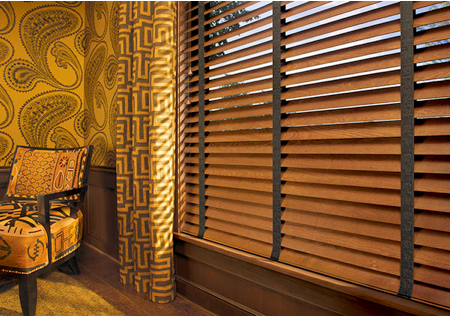The Blind Showdown: Faux Wood vs Real Wood
Now that we have moved into a rental home, it is time to start planning out the house we are going to build. The house we were living in on our land was too small to accommodate our family of seven so our plan is to bulldoze and rebuild. Planning is the most exciting part! Deciding what options we want in the house. What size bedrooms. How to make the bathroom accessible for Vanessa’s wheelchair.
I even created a Pinterest board titled Dream House for me to save all my ideas to show the builders.
I am slowly starting to plan out the decor for inside the house. This Christmas we received a few new items and are trying to buy new stuff a little at a time to move into our home when it is finished.
I have even been reading about the difference between real wood blinds and faux wood blinds.

Real Wood Blinds
We’ll start with the real deal, with wood blinds still being popular amongst buyers. We’d go as far as saying that their natural appearance means that they’d be the obvious choice for most but this does come at a cost, with this material being expensive when compared against other types.
Another advantage of the “normal” wood option is their durability. Just like most natural materials, wood is something that will last a significant period of time – there won’t be any yellowing or deterioration which can occur with alternatives.
Perhaps one of the more interesting advantages, when we pit real wood blinds against the faux version, is the versatility as well. Real wood is a much more solid and thicker material, meaning that any blinds which have been erected require fewer ladders. This means that much less natural light is allowed into the room and in some people’s instances, this is hugely desirable.

Faux Wood Blinds
If we turn to faux wood blinds, the advantages and drawbacks probably now speak for themselves. You’ll have probably already gathered that they are much cheaper than real wood – and this is the primary reason that most people purchase them. They are generally formed by vinyl components and while the effect is almost wood-like, if you look closely you can tell the difference. Fortunately, for most people at least, the difference in appearance is minimal when the total price is considered.
The make-up of these blinds is another drawback and this was something which was touched upon in the previous section. The fact that they aren’t quite as sturdy as real wood means that more ladders are required and this can make for a slightly more cluttered appearance.
Still, at least for most people, the difference in price between faux wood blinds and the real thing makes them a genuine competitor and something worth seriously considering if you have been thinking about using a form of this material. The drawbacks are understandable, but the benefits are perhaps beyond what we could expect when you compare the price differences.
